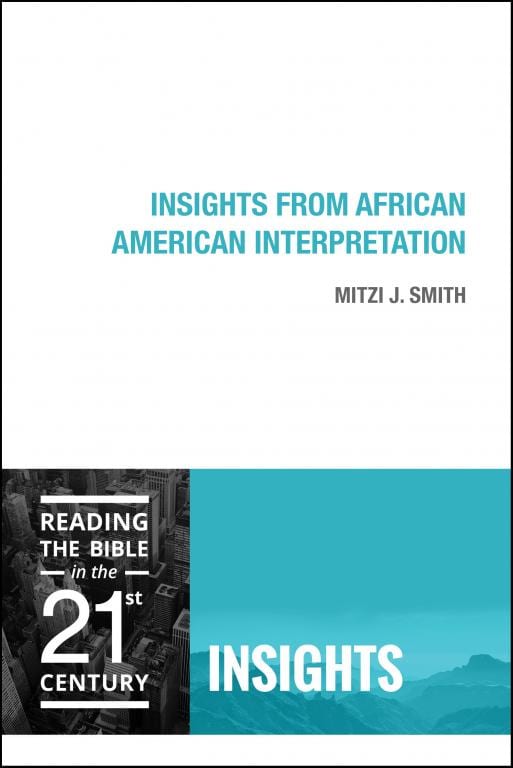
Confession: there was a time when I scoffed at the idea of cultural-perspective readings of Scripture. It felt faddish and self-serving. It seemed little more than a distraction from “simple exegesis.” I somehow believed that my perspective was objective and pure, while others brought their own values and assumptions to the text.
I have learned a lot since then, and I discovered (!) that I too bring my own cultural lenses to the Bible. I was taught to read Scripture by a certain community and for a certain community. I still try to be careful when I study Scripture that I do not force my own desires upon the text in a self-serving way. But more and more I am aware of my blindspots. And I am more sympathetic to those who cannot help but bring to the reading of Scripture certain passions, sensitivities, and hurts. I am not above that, I am not immune to that, and it can be an asset as much as a liability.
In spring 2018 I am teaching a new course at Portland Seminary called “The Use and Abuse of the Bible.” I will be introducing students to biblical hermeneutics, and part of what I want to do is better understand Latino/a, Asian, and African-American interpretation (hereafter AAI). So, I ordered Mitzi Smith’s new book, Insights from African American Interpretation in the “Reading the Bible in the 21st Century” series from Fortress. To be honest, prior to reading this book I knew little to nothing about AAI. Smith does an outstanding job briefly and plainly introducing it to the uninitiated. AAI recognizes that “the God of the Bible speaks to black people. The Bible and Eurocentric interpretations of it had become a primary means for constructing a rationale for enslaving, oppressing, and excluding black people” (12). The Bible is not for white people; “God’s self-revelation to black people and other people of color reaffirms their full humanity and hermeneutical agency or their right to read the biblical text through the lens or framework of and in dialogue with black people’s humanness, loves, traditions, artifacts, concerns, joys, and struggles, past and present (12).
After the introductory chapter, Smith treats “Twenty-First Century Foundations” where AAI emerged to counteract widespread oppression inside as well as outside of the American church (ch 2). Then she examines developments in the 21st century (ch. 3) where AAI has become an academic discipline with a significant body of scholarship. One of my favorite features of this book is the inclusion of samples of AAI: chapter 4 offers Smith’s study of Matthew 25:1-13 (Parable of the Ten Virgins), and chapter 5 is on Judges 19.
What I gained from this book (aside from better understanding AAI in particular, of course) is the poignant reminder that we do not turn off our feelings, experiences, and culture when we read the Bible. If we treat reading Scripture as a kind of free-floating ethereal (“spiritual”) experience cut off from “real life,” it becomes purely an escapist activity and will surely lose its transformative power. I am also reminded how crucial it is to read Scripture with others, hearing their stories and perspectives. This takes patience and empathy, but it continues to prove vital for strengthening my faith and my interpretation of Scripture.











